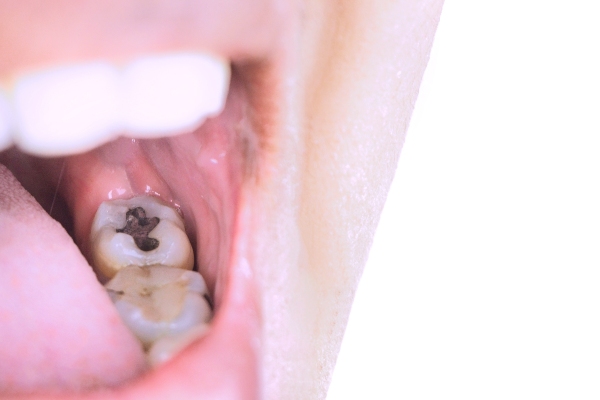 Dental sealants are a great way to protect your child's teeth from decay for up to five years. This non-invasive procedure does not permanently alter your child's teeth. The sealant is simply painted on the grooves and depressions of their teeth and hardened with ultraviolet light.
Dental sealants are a great way to protect your child's teeth from decay for up to five years. This non-invasive procedure does not permanently alter your child's teeth. The sealant is simply painted on the grooves and depressions of their teeth and hardened with ultraviolet light.
Frequently asked questions about dental sealants
Many parents have questions about protecting their child's teeth with sealants. Here are the answers to some common questions about the treatment process.
1. What are dental sealants?
Dental sealants are plastic coatings that dentists apply to the biting surfaces of a child's molars and premolars to protect them against decay. The sealant acts as a barrier, preventing bacteria and food particles from getting stuck in the depressions of their teeth. This barrier helps to keep acids produced by oral bacteria from reaching these surfaces and protects them against decay.
2. Are sealants better than fillings?
Sealants and fillings serve different purposes. Sealants act as a protective barrier against decay, while fillings treat cavities caused by decay. Restoring a tooth with a filling involves removing the decayed material and may require local anesthesia to ensure the young patient's comfort. On the other hand, sealants do not require anesthesia, and the procedure is typically less expensive.
3. Are dental sealants safe for children?
Yes, dentists often recommend protecting children's back teeth with sealants because they are still learning to care for their teeth properly. Baby teeth have thinner enamel, making them more vulnerable to decay. Premature loss of baby teeth can lead to orthodontic issues later in a child's life. However, it is also important for children to protect their permanent back teeth with sealants while their enamel develops.
4. How common is tooth decay?
Tooth decay is a common reason for parents to take their children for dental visits. It starts with a demineralization stage, followed by the formation of cavities on the teeth. If left untreated, these cavities can compromise the structure of the tooth, potentially leading to infections and more extensive dental work in the future. Dental sealants can help prevent this decay by forming a shield that keeps acids away from the tooth surfaces and prevents damage.
5. What does the process look like?
Protecting a child's teeth with dental sealants is a quick and non-invasive procedure that can be completed in 10 minutes. The dentist will clean the treatment area and roughen teeth surfaces with an etching gel. After cleaning and drying the teeth, they directly apply the sealant. Finally, the dentist will use ultraviolet light to harden the sealant, completing the treatment.
6. Does the sealant affect the way that my teeth look?
No, sealants are often white or clear in color. This transparency allows them to blend in with your child's natural teeth. Other children and adults they regularly interact with will be unable to tell that they have sealants on their teeth.
Protect your child’s teeth with dental sealants
If you are tired of dealing with cavities, we encourage you to call or visit our pediatric dental clinic in Richmond to learn more about how sealants can protect your child's teeth. Our team is dedicated to helping your child maintain a healthy and cavity-free smile. Make an appointment for them today.
Request an appointment or call Grand Parkway Pediatric Dental at 832-579-0960 for an appointment in our Richmond office.
Recent Posts
Parents often ask whether dental sealants for kids offer real protection or add complexity to care. Sealants are thin, protective coatings that cover the grooves on back teeth, where food and bacteria tend to accumulate. By sealing those pits and fissures, dentists aim to reduce the risk of cavities and keep the chewing surfaces easier…
A dental sealant for kids provides an effective barrier against cavities, as it shields the chewing surfaces of molars and premolars from harmful bacteria and food particles. Pediatric dentists recommend this preventive treatment as an additional measure to support proper oral hygiene and reduce the risk of tooth decay. While regular brushing and flossing remain…
Dental sealants for kids are a great way to help prevent cavities and protect your child's teeth. They are a safe, painless, and cost-effective treatment that can be applied quickly and easily. However, many parents have questions about how dental sealants for kids work and whether they are right for their children. We will answer…


